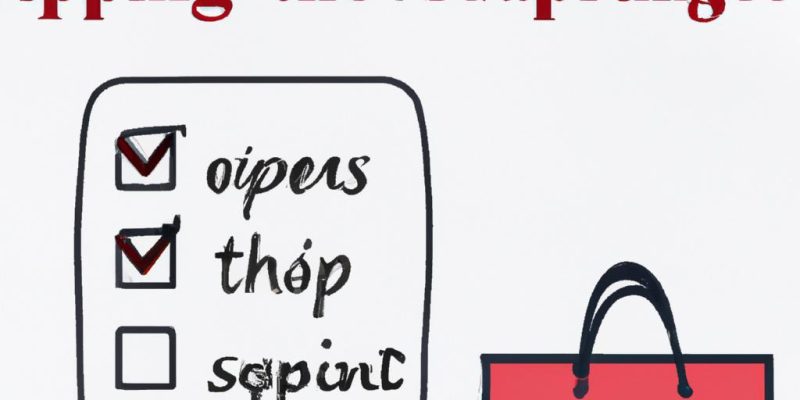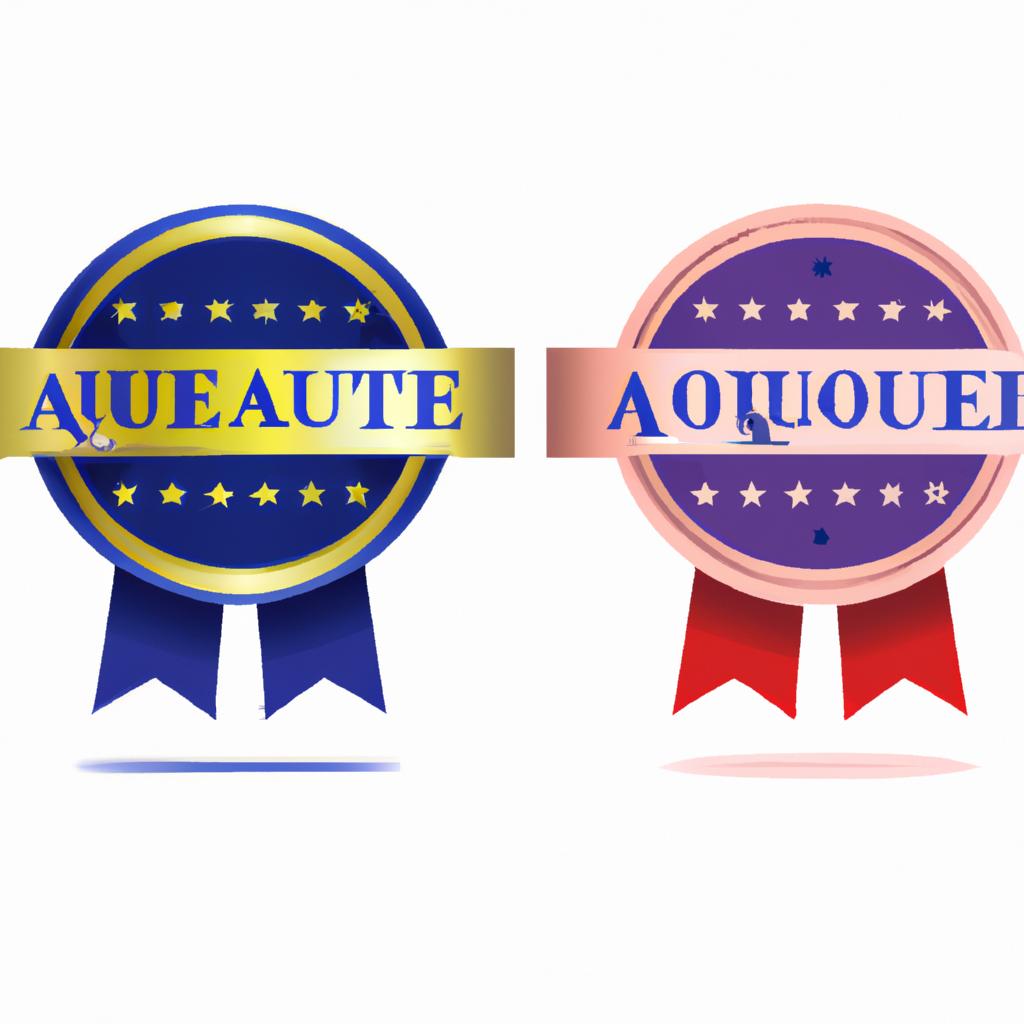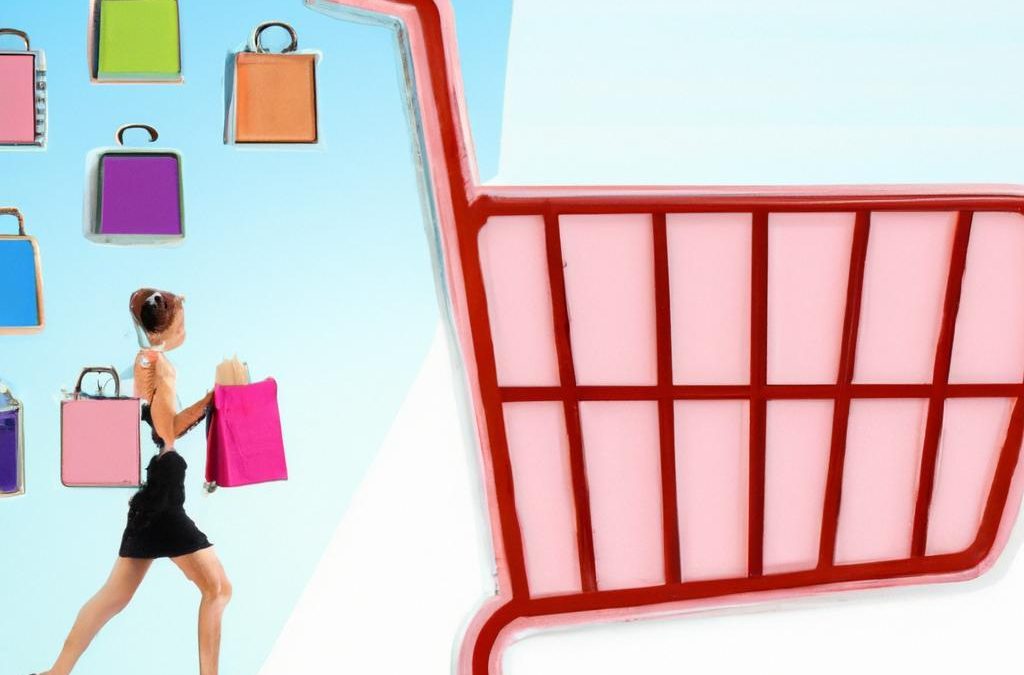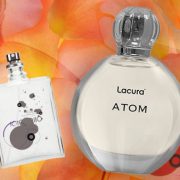
In a world where advertising often eclipses authenticity, navigating the bustling aisles of stores and the endless scroll of online marketplaces can feel like embarking on an adventure without a map. Quality products, those that stand the test of time and function gracefully, are hidden gems waiting to be discovered amidst the noise. Whether you’re revamping your wardrobe, upgrading your kitchen gadgets, or seeking the perfect gift, knowing how to spot quality can transform your shopping experience from mere transaction to a mindful journey. In this article, we will unveil essential tips and tricks that empower you to elevate your shopping game, allowing you to make informed choices and invest wisely in products that bring joy and reliability into your life. Get ready to refine your eye for quality and shop with confidence!
Mastering the Art of Product Inspection for Lasting Value
When it comes to evaluating products, the nuances of craftsmanship and material quality can significantly influence your purchasing decisions. To ensure you select items that not only meet but exceed your expectations, focus on key aspects of product inspection. Start by **assessing the materials** used in construction—look for high-quality fabrics, sturdy metals, or natural components. Investigate the **manufacturing process**, as brands that prioritize thoughtful production are often more reliable. Pay attention to details like stitching, seams, and finishes; these elements often reveal the level of care dedicated to the item’s creation.
Additionally, consider the longevity of the product by examining its functionality against its design. A visually appealing product may catch your eye, but it’s essential to evaluate its **practical usability**. Here are a few tips to consider during your inspection:
- Check for product labels: They often provide information on the manufacturer and care instructions.
- Look for warranties or guarantees: A company that stands behind its quality will offer assurance to buyers.
- Examine user reviews: Feedback from other customers can clarify the product’s performance and durability.
For a deeper look into specific categories, here’s a simple comparison of essential features to evaluate:
| Product Category | Key Features to Inspect | Red Flags |
|---|---|---|
| Clothing | Fabric quality, stitching, fit | Loose threads, uneven seams |
| Electronics | Build quality, warranty, features | Poor reviews, missing accessories |
| Home Goods | Material, design, functionality | Chips, discoloration, flimsy construction |
By integrating these inspection techniques and knowledge into your shopping routine, you will cultivate a more discerning eye for quality, steering clear of potential disappointments while maximizing the value of your purchases.

Decoding Labels and Certifications to Ensure Quality Assurance
To make informed purchasing decisions, it’s essential to become familiar with the various labels and certifications that often appear on product packaging. Many brands proudly display seals of approval or certification that indicate quality, ethical sourcing, or environmental consciousness. Products may flaunt labels such as USDA Organic, Fair Trade Certified, or Energy Star, each symbolizing adherence to specific standards. Understanding these labels can pave the way for smarter choices, ensuring that your purchases are not only of high quality but also align with your personal values.
When examining labels, take note of their credibility. Some certifications are more rigorous and reliable than others. For instance, the Global Organic Textile Standard (GOTS) is robust for textile products, ensuring organic processing from raw materials to finished goods. Below is a quick reference table to help you distinguish between some common certifications:
| Certification | What It Means |
|---|---|
| USDA Organic | Indicates 95% or more organic ingredients. |
| Fair Trade Certified | Ensures fair wages and ethical labor practices. |
| Energy Star | Identifies energy-efficient appliances. |
By decoding these labels and recognizing reliable certifications, you can enhance your shopping experience. Making the effort to understand what a label signifies not only helps you select superior products but can also lead to a more sustainable lifestyle, aligning your purchases with your values while promoting quality assurance.
Concluding Remarks
In a world awash with choices, mastering the art of identifying quality products can transform your shopping experience from mere procurement to an adventurous expedition. With the insights shared in this guide, you’re now equipped with the essential tools to navigate the bustling aisles, whether online or offline. Remember, it’s not just about the purchase; it’s about investing in items that enhance your life and withstand the test of time. So, as you venture out on your next shopping endeavor, keep these tips at the forefront of your mind, and let the thrill of finding richly crafted goods elevate your experience. Happy shopping, and may you always choose wisely!
















